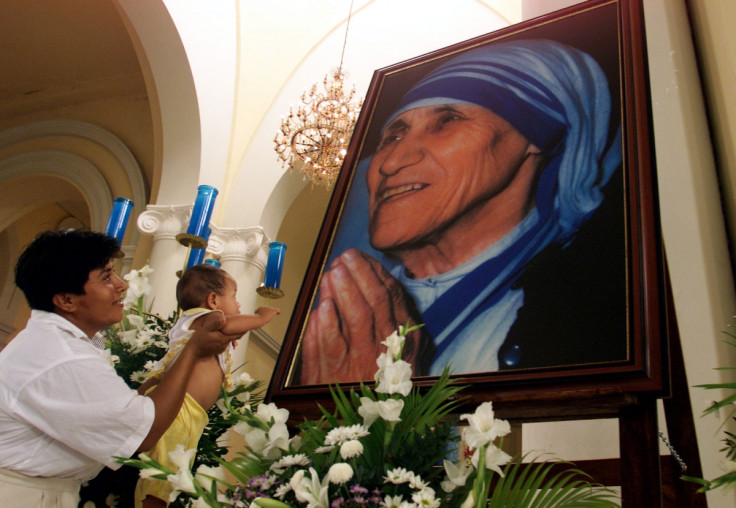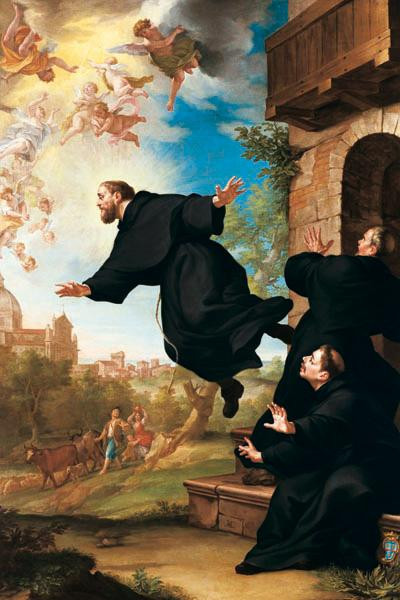Mother Teresa: What sort of miracles must occur to become a Catholic saint?

Mother Teresa is one step closer to saintliness as Pope Francis recognised her second miracle on 18 December. Generally, at least two miracles need to be recognised as having occurred after the death of a holy figure before they can be officially canonised.
Mother Teresa is one of a number of figures that the Catholic church is fast-tracking to sainthood, a process that usually takes much longer. Born into a Kosovar-Albanian family, Mother Teresa lived most of her life in India before dying in 1997. She's expected to be formally canonised in 2016.

Her two miracles both involved her spirit being invoked to save a sick person thought to be beyond medical help, but that's not the only miracle that's been cited as evidence of sainthood.
Saint Bernadette Soubirous was canonised after her corpse was supposedly found to be 'incorruptible' - she was exhumed from her grave 30 years after her death and, though the crucifix in her hand had oxidized, her body was allegedly intact. It was exhumed two further times before her remains were laid in a reliquary in Nevers, France.
If that sounds unbelievable, take Saint Joseph of Cupertino, the levitating friar. The story goes that in the 17th century, Joseph, generally considered to be unintelligent, suddenly found he could float.
Authorities at the time thought this was linked to witchcraft so kept him under strict observation. He was canonized in 1763, 100 years after his death. He is the patron saint of air travelers, aviators and astronauts, for obvious reasons.
Delving further into the supernatural, Saint Pio was said to have the power of bi-location - he could be in two places at once. Among other miracles, he supposedly appeared to an officer on the battlefield during the first world war. Beckoning him forth, the officer walked out of the way of a grenade, before Pio disappeared. This was said to be him bi-locating.
For Saint Januarius, it's his blood that's miraculous - for most of the year a small vial of his dried blood kept at Naples Cathedral is brought out so people can witness the blood's liquefaction - a bloody miracle.
Thomas Aquinas was a difficult one for the Catholic church to find a miracle for - he was a noted and celebrated thinker but it just didn't seem like he'd done any miracles. Then someone came forward to say that on his deathbed, Aquinas had asked for herrings - there were no herrings to be found so they gave him pilchards, after eating the fish Aquinas was said to have exclaimed that they were the best herrings he'd ever had - miraculously turning the fish into herring in his mouth. This is known as the miracle of the herrings, in case you were wondering.
Keeping with an animal theme, Saint Martin de Porres could allegedly talk to them. It might have had something to do with his vegetarianism. He was canonized in 1962, over 300 years after his death in 1639.
Another modern and controversial miracle is the late Pope John Paul II's second miracle. Similar to Mother Teresa, the story goes that after his death prayers to him were answered to save a dying woman. This recognition was criticised for occurring too quickly – just 9 years after his death. To show how quickly his canonisation happened, he was confirmed a saint on the same day as the pope that came before him.
© Copyright IBTimes 2025. All rights reserved.






















